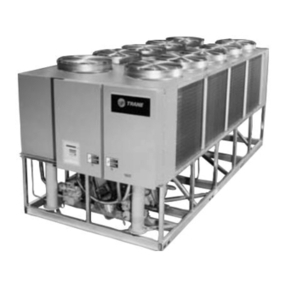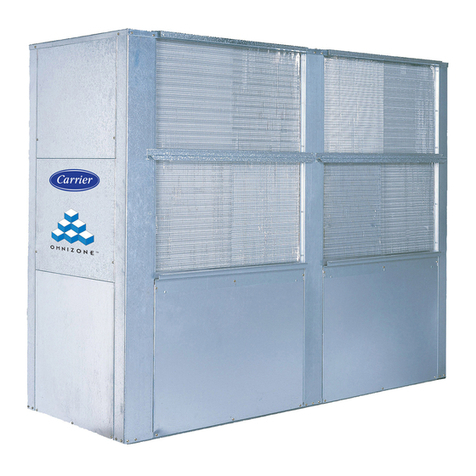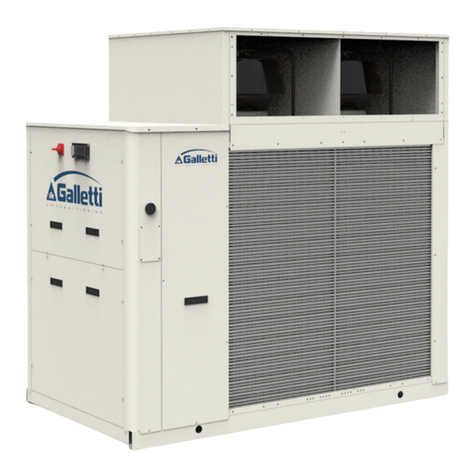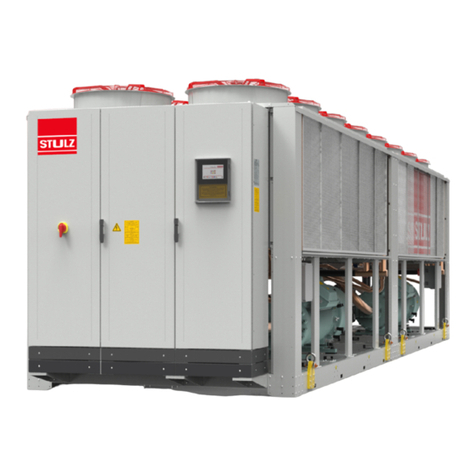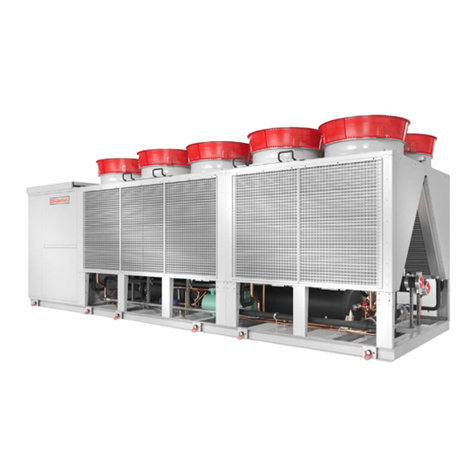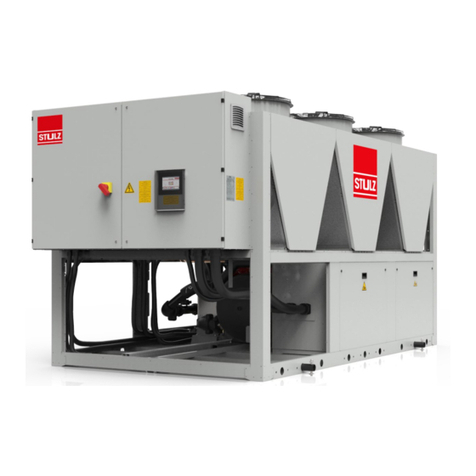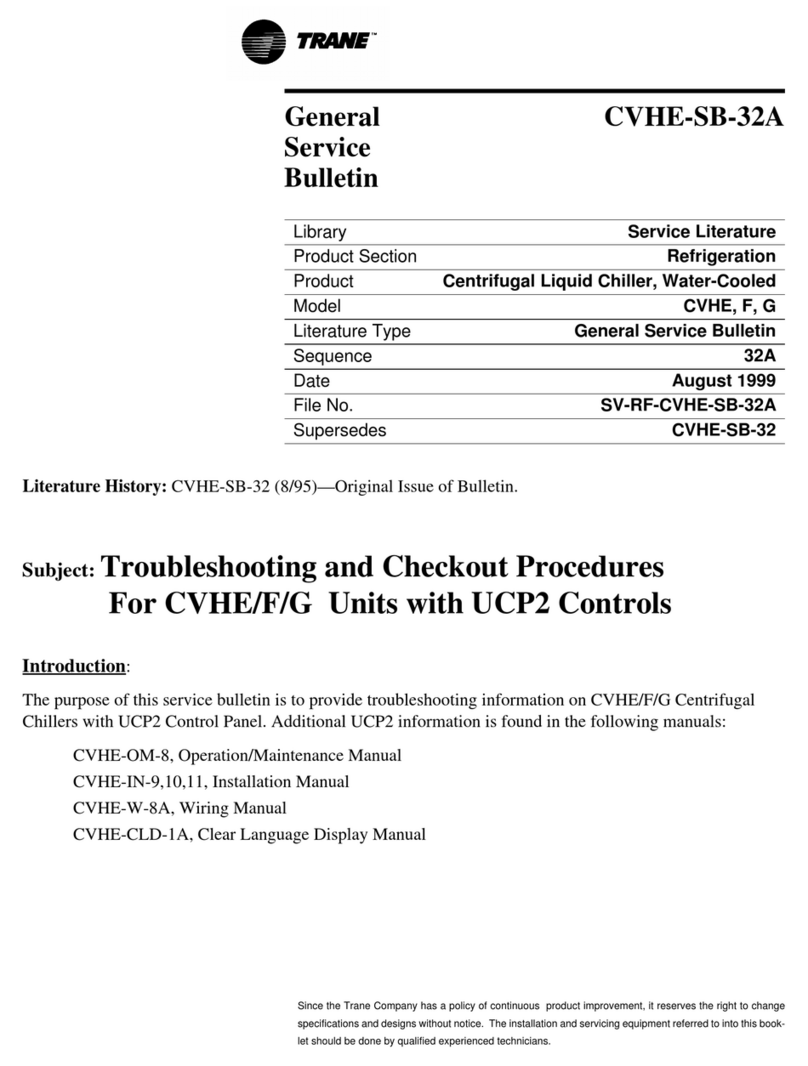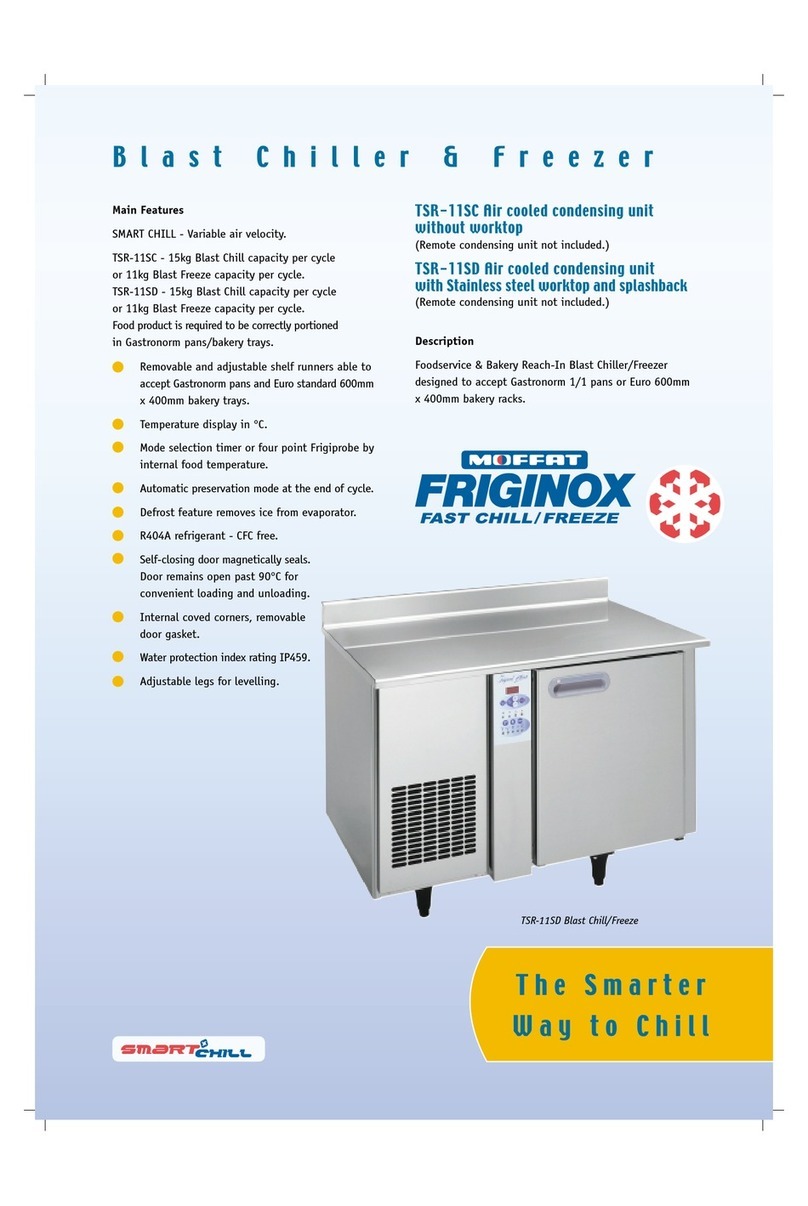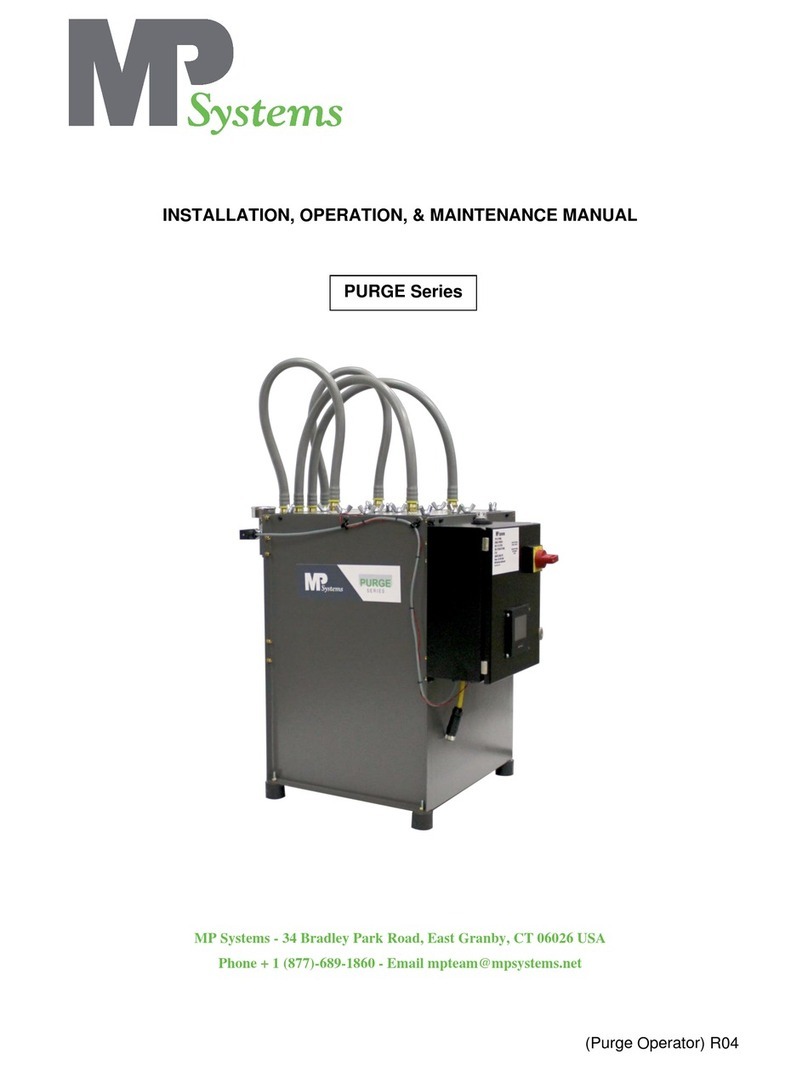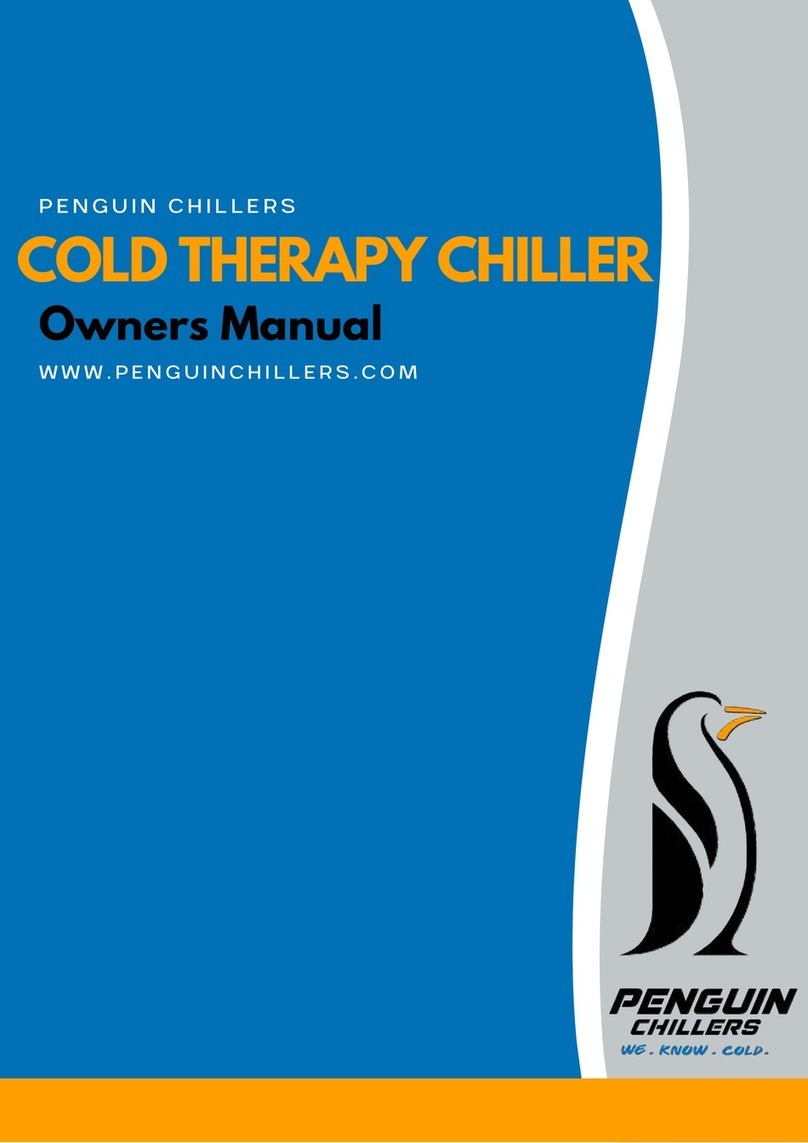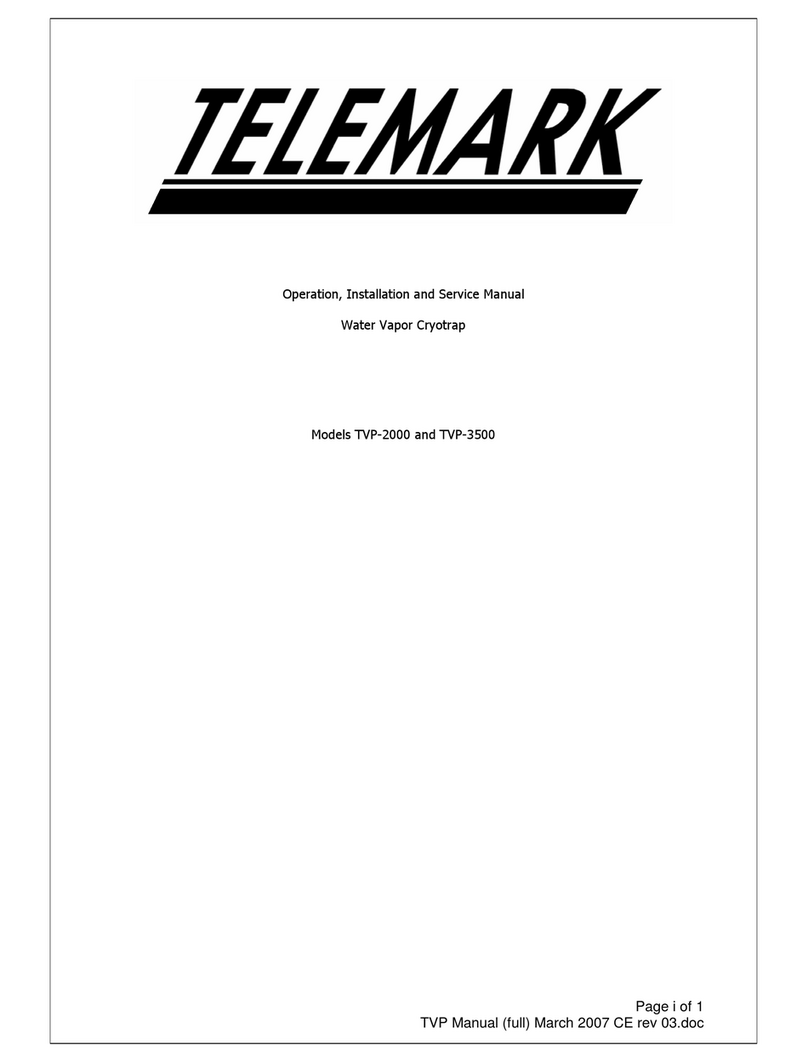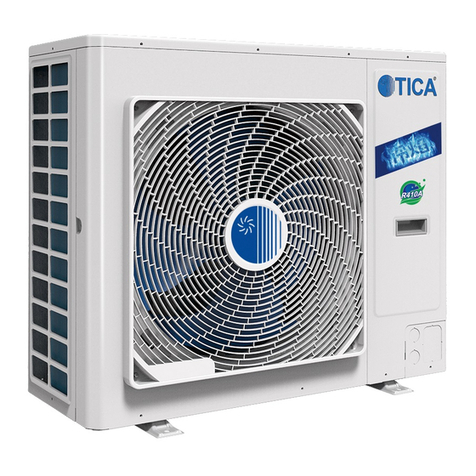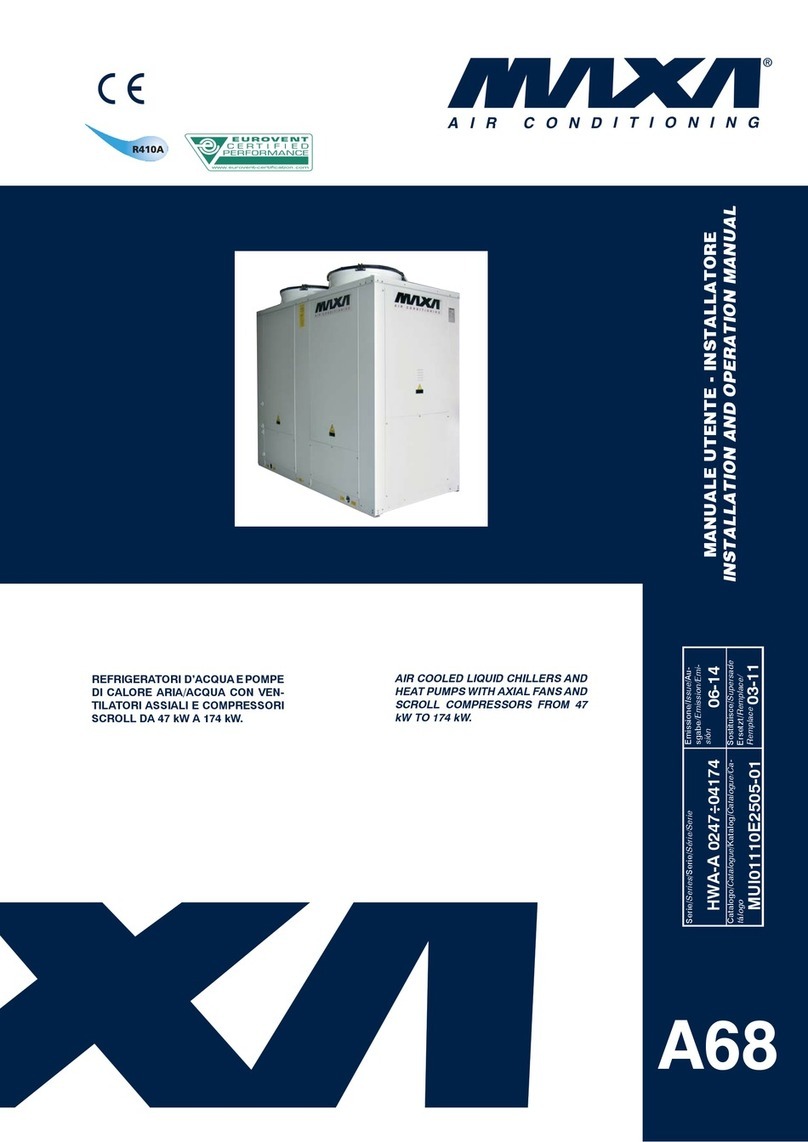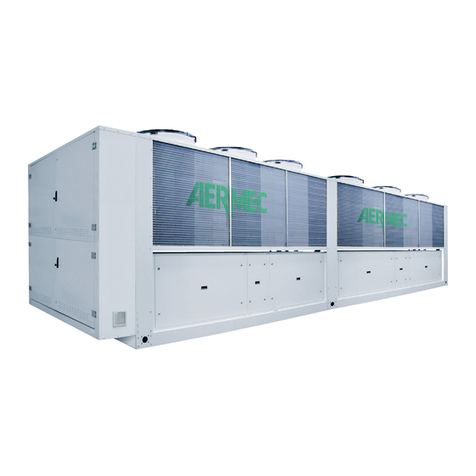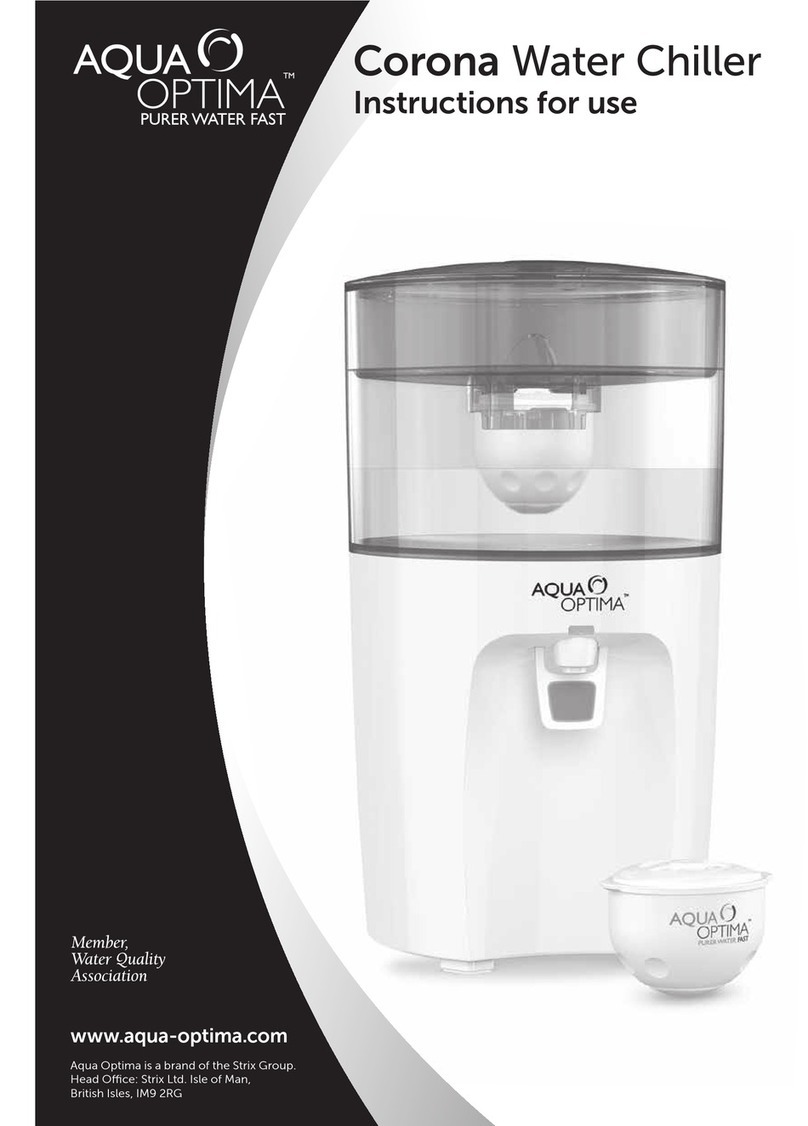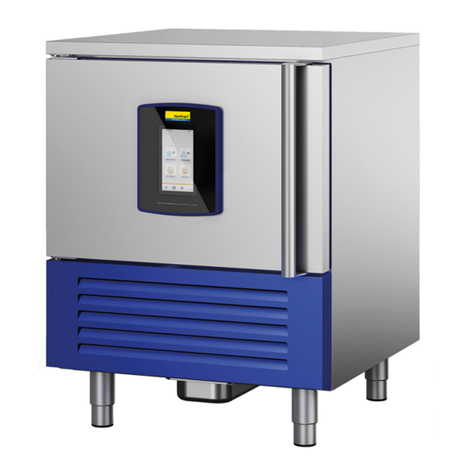
44 EN/09.2017/G44 © STULZ GmbH – all rights reserved
CYBERCOOL INDOOR CHILLER ORIGINAL INSTRUCTIONS
Contents
1. Safety.................................................................................................................. 6
1.1 Marking...................................................................................................................................... 6
1.2 Safety instructions................................................................................................................. 6
1.3 Handling refrigerants............................................................................................................ 6
1.4 Duties of the operator........................................................................................................... 7
2. Transport / Storage ........................................................................................... 8
2.1 Delivery of units ...................................................................................................................... 8
2.2 Transport................................................................................................................................... 8
2.3 Storage...................................................................................................................................... 9
3. Description....................................................................................................... 10
3.1 Type code............................................................................................................................... 10
3.2 Intended use......................................................................................................................... 11
3.3 Design..................................................................................................................................... 11
3.4 Refrigeration circuit............................................................................................................ 12
3.5 Chilled water circuit ............................................................................................................ 13
3.6 Cooling medium circuit (G, GE) ....................................................................................... 13
3.7 Operating modes of version GE ..................................................................................... 15
3.7.1 DX mode............................................................................................................................. 15
3.7.2 Mix mode............................................................................................................................ 15
3.7.3 FC mode............................................................................................................................. 16
3.8 Circuit scheme ..................................................................................................................... 17
3.8.1 Cooling system A............................................................................................................. 18
3.8.2 Cooling system G............................................................................................................. 19
3.8.3 Cooling system GE.......................................................................................................... 20
4. Technical Data.................................................................................................. 21
4.1 Application limits ................................................................................................................. 21
4.2 Technical Data - CSI ... A/G.............................................................................................. 23
4.3 Technical Data - CSI ... GE................................................................................................ 24
4.4 Dimensional drawings ....................................................................................................... 25
5. Installation ....................................................................................................... 26
5.1 Selection of the installation site...................................................................................... 26
5.2 Positioning the unit............................................................................................................. 27
5.3 Connection of the piping................................................................................................... 29
5.3.1 Refrigerant piping........................................................................................................... 29
5.3.1.1 Design............................................................................................................................. 29
5.3.1.2 Position of the refrigerant connections ............................................................... 29
5.3.1.3 Strength pressure test............................................................................................... 30
5.3.1.4 Tightness/pressure test............................................................................................ 30
5.3.2 Water piping connection............................................................................................... 30
5.3.2.1 Position of the water piping connections for version A/G ............................. 31
5.3.2.2 Position of the water piping connections for version GE ............................... 32
5.4 Electrical connection ........................................................................................................ 34
6. Commissioning ................................................................................................ 37
6.1 Filling the refrigerant circuit............................................................................................. 37
6.2 Filling of the water circuit.................................................................................................. 40
